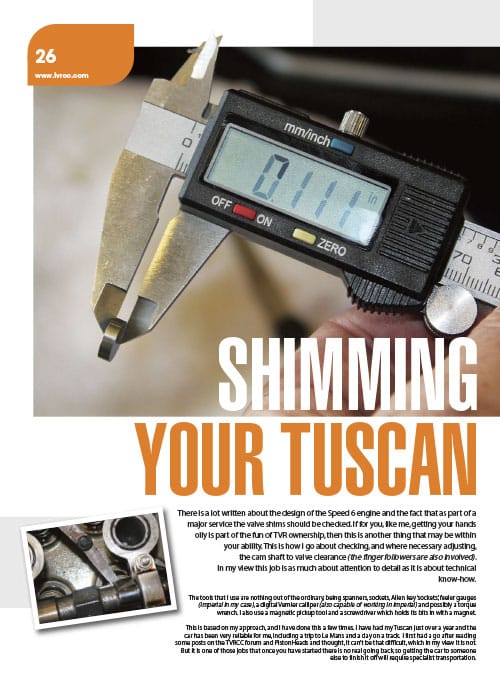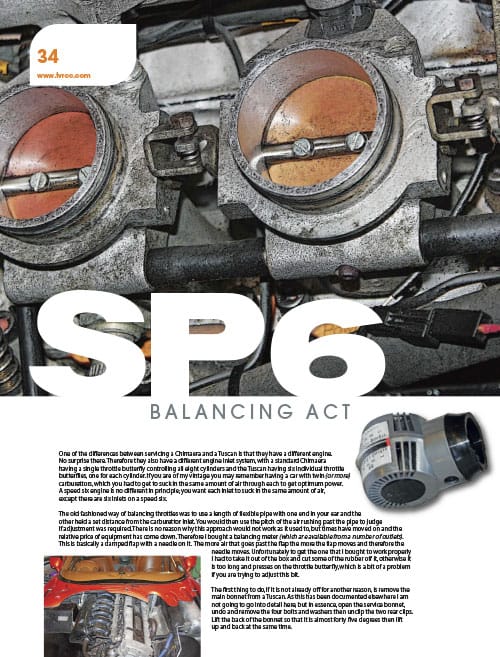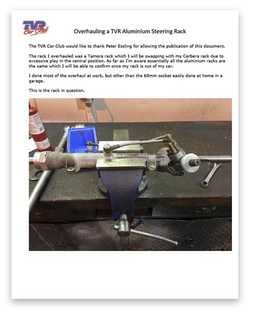Technical Info and FAQs - TVR TuscanThis page will eventually show a range of handbooks, technical tips, 'how-to' guides, hint and tips for TVR Chimaeras. It is a work in progress that will be added to by the archives team so if you have anything that may be suitable please let us know. Submit an addition for the technical/archives pages
The Tuscan was first shown at the 1999 Motor Show and first customer cars were delivered the following summer. The car quickly became a favourite with its immense power and razor sharp race-car like handling with stering that was so direct that it often caught out first time drivers. The majority of cars were were equipped with the 350bhp 4.0 litre variant of TVR's own Speed Six engine although Red Rose specification cars and the later Tuscan S models used a more powerful version that pushed the power up to 400bhp. |
There is little doubt that although these cars are, pound for pound, probably the fastest and most capable cars available from any manufacturer worldwide, they have suffered dramatically from a poor public perception about engine quality control and reliability. It is true, and TVR recognised, that some early cars did experience manufacturing problems with finger-followers where the sub-contractor had used a sub-standard material. However, given that all engines that suffered from this will by now have been rebuilt to the correct specification, this does not explain the longevity of the perception of the reliability issues.
There is probably some truth in the fact that these cars came to the fore at around the same time that internet usage started to mulitply and therefore owners that did experience early problems used the internet to spread their tales and thus knowledge of engine failures became widespread very quickly. But perhaps more importantly, the Speed Six is essentially a race engine and needs to be treated as such. The owner's manual gives strict guidance on warming up the engine and yet it was not uncommon to see owners of these cars, ewpecially in the early days, revving them beyond 4000rpm from cold; this in turn can cause top end oil starvaton which can lead to increased wear and reliability problems
Please note that these pages are under development and are being continuously added to.
There is probably some truth in the fact that these cars came to the fore at around the same time that internet usage started to mulitply and therefore owners that did experience early problems used the internet to spread their tales and thus knowledge of engine failures became widespread very quickly. But perhaps more importantly, the Speed Six is essentially a race engine and needs to be treated as such. The owner's manual gives strict guidance on warming up the engine and yet it was not uncommon to see owners of these cars, ewpecially in the early days, revving them beyond 4000rpm from cold; this in turn can cause top end oil starvaton which can lead to increased wear and reliability problems
Please note that these pages are under development and are being continuously added to.










